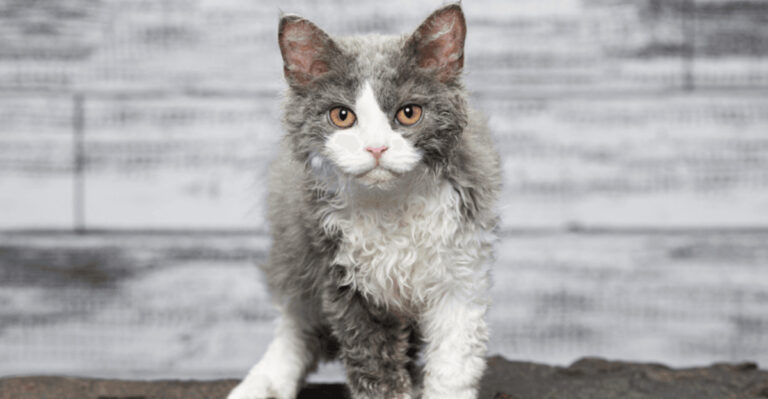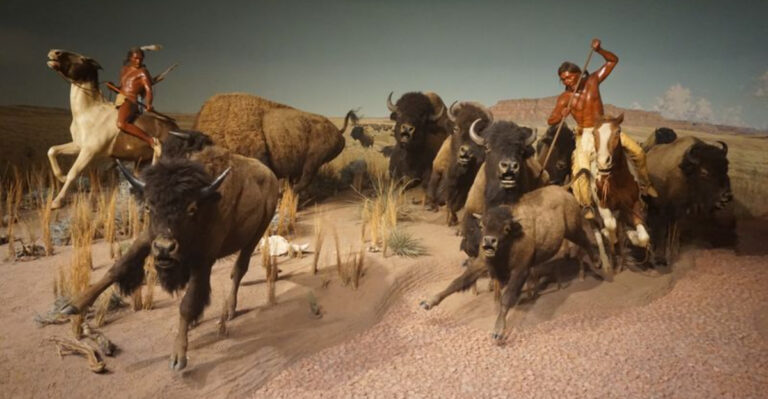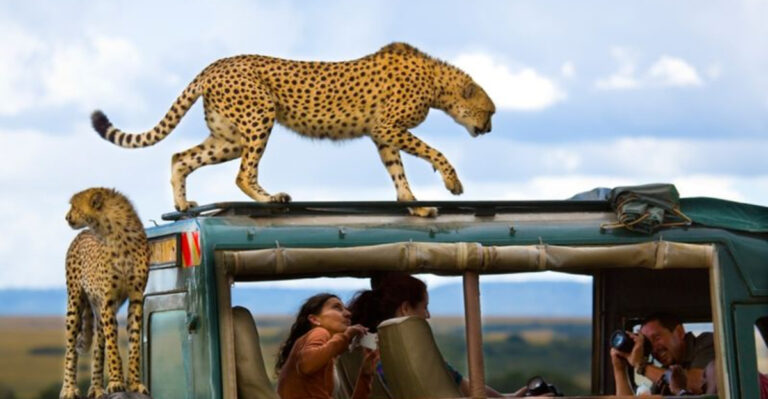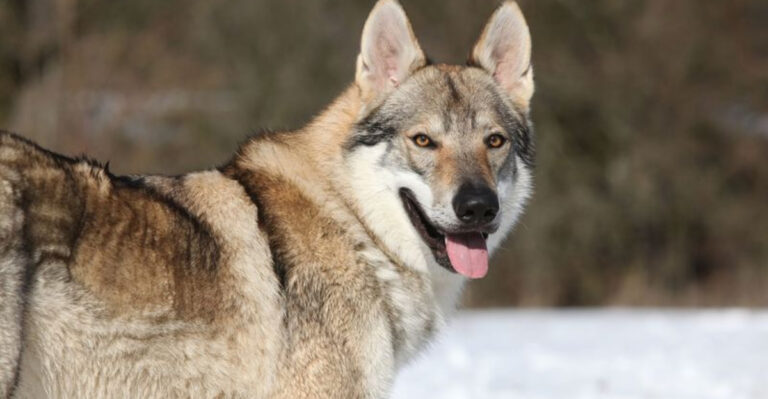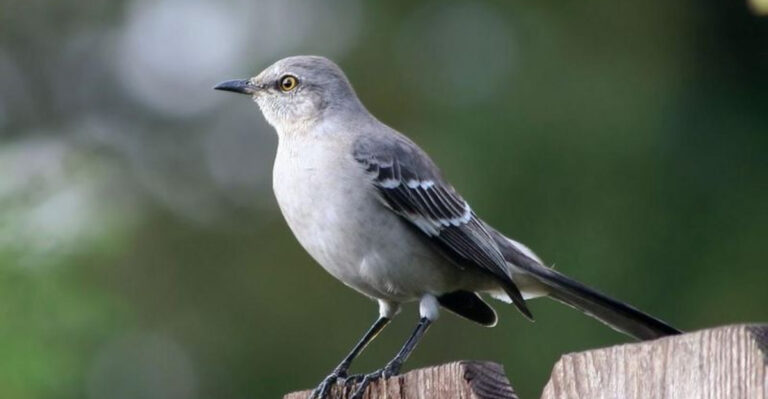17 Shockingly Small Dinosaurs That Could Fit In Your Backpack
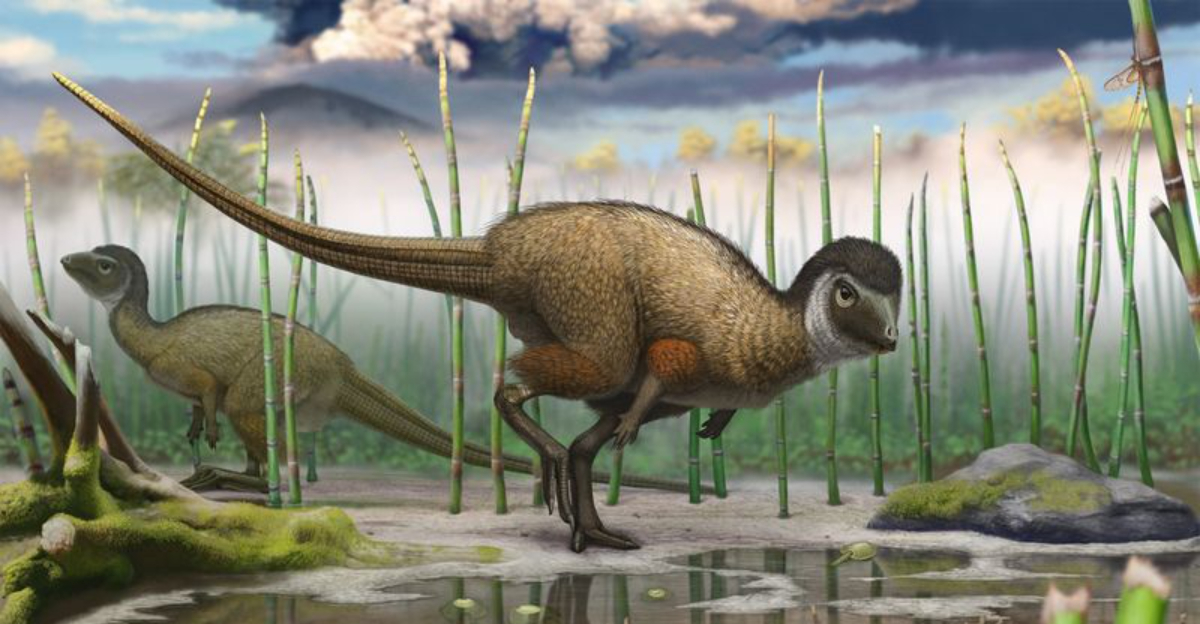
When we think of dinosaurs, we often imagine towering giants like T. rex or Brachiosaurus, but not all dinosaurs were massive. In fact, some were surprisingly small – so small that they could easily fit into your backpack.
From tiny, feathered creatures to miniature predators, these pint-sized dinosaurs are a testament to the incredible diversity of life that once roamed the Earth. Join us as we explore 17 of the smallest dinosaurs that would make even the most seasoned paleontologist do a double-take.
1. Microraptor: The Four-Winged Wonder
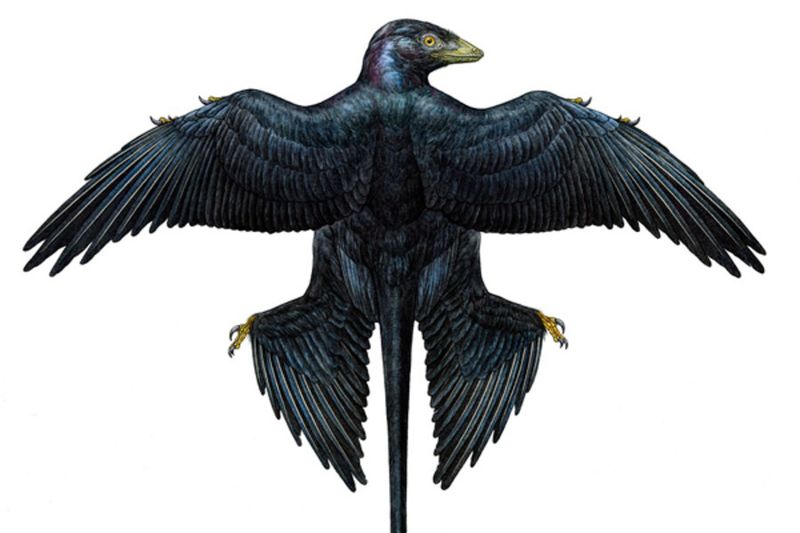
Barely larger than a modern crow, Microraptor sported feathers on both arms and legs, creating a four-winged appearance. Imagine a chicken-sized predator gliding between Cretaceous trees!
Weighing just a few pounds, this tiny hunter likely preyed on insects and small vertebrates while avoiding larger dinosaurs that might have seen it as a quick snack.
2. Compsognathus: Elegant Chicken-Sized Hunter
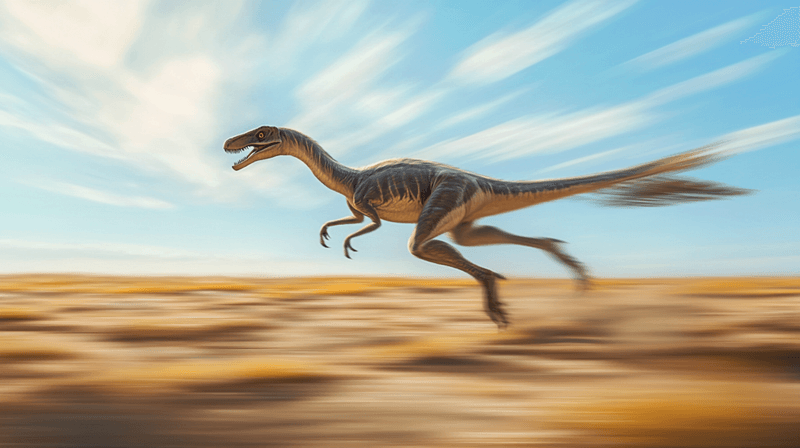
Known as the “elegant jaw,” this turkey-sized carnivore zipped through Jurassic landscapes at speeds that would make modern roadrunners jealous. Standing just 1 foot tall, Compsognathus packed predatory power into a compact frame.
Fossil evidence suggests these little hunters dined on lizards, using their speed and agility rather than size to secure meals.
3. Epidexipteryx: The Flamboyant Show-Off
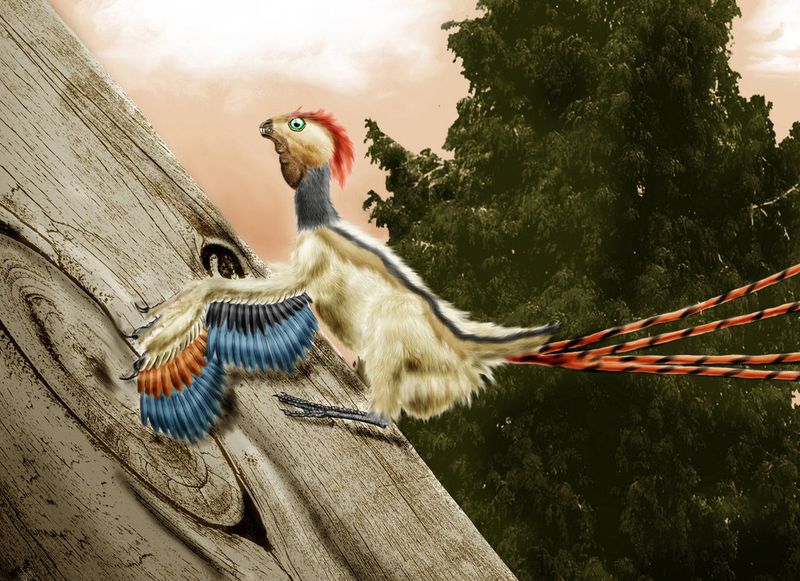
Sporting bizarre ribbon-like tail feathers, Epidexipteryx strutted around ancient forests like a prehistoric peacock. Long fingers likely helped this pigeon-sized dinosaur dig for insects beneath tree bark.
Weighing mere ounces, this unusual creature represents one of evolution’s quirkier experiments – a dinosaur that might have used its strange feathers for display rather than flight.
4. Parvicursor: The Lightweight Sprinter
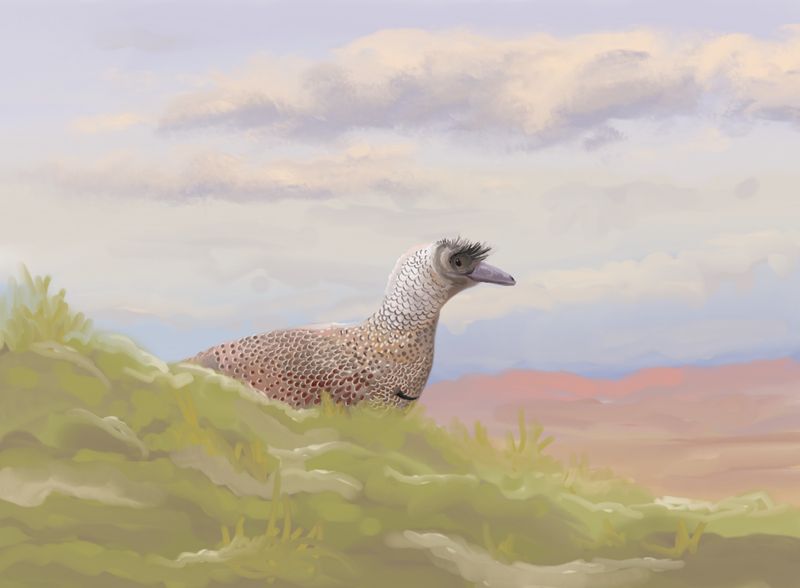
Zip, zoom! Parvicursor dashed through Cretaceous Mongolia with the agility of a roadrunner. Weighing less than a house cat, this speedster evolved surprisingly long legs for its tiny body.
Fossil analysis reveals hollow bones that further reduced weight, suggesting an evolutionary premium on quickness rather than power – a pint-sized escape artist that could outmaneuver larger predators.
5. Anchiornis: The Feathered Miniature
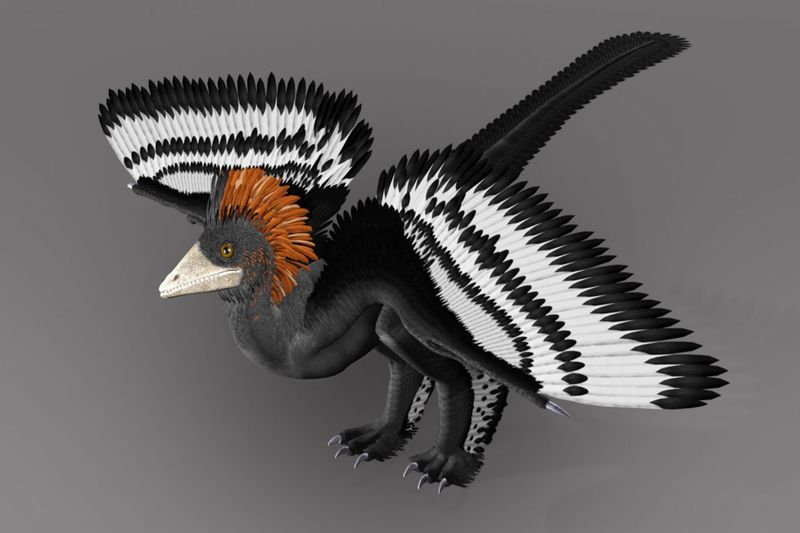
Covered from head to toe in fluffy plumage, Anchiornis resembled a fancy chicken more than a fearsome dinosaur. Detailed fossils reveal black and white feather patterns that would make a magpie envious!
Roughly the size of a modern pigeon, this feathered forest-dweller represents a crucial evolutionary link between dinosaurs and birds, showing how feathers existed long before true flight.
6. Mei long: The Napping Dragon
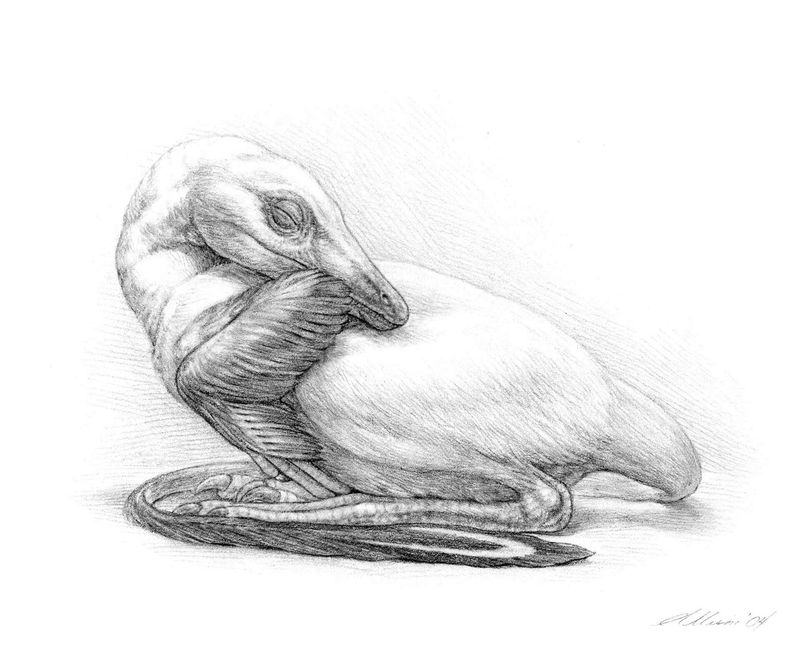
Found curled up like a sleeping bird, this adorable dinosaur’s name literally means “sleeping dragon.” About the size of a duck, Mei long apparently died while snoozing, preserving one of paleontology’s most charming fossils.
Its bird-like sleeping posture provides compelling evidence for the dinosaur-bird connection, showing how dinosaur behavior evolved toward modern bird characteristics.
7. Hesperonychus: Canada’s Tiny Terror
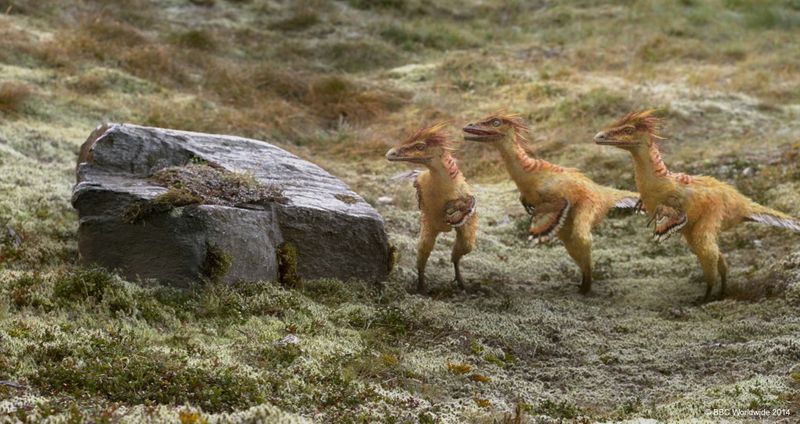
Move over, raptors! Hesperonychus brings miniature menace at just 3 pounds and 2 feet long. Armed with a sickle-shaped claw, this pint-sized predator from Alberta proves that intimidating weapons came in small packages during the Late Cretaceous.
Hunting in packs, these mini-raptors likely brought down prey much larger than themselves – the dinosaur equivalent of wolf packs.
8. Yi Qi: The Bizarre Bat-Wing Experiment
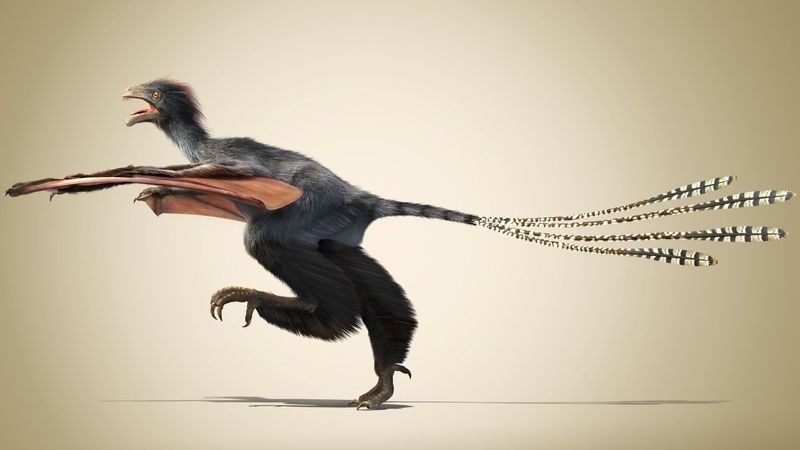
Sporting membrane wings supported by rod-like fingers, Yi qi represents evolution’s strangest flight experiment. Roughly crow-sized, this peculiar creature combined feathers with bat-like wing structures unseen in any other dinosaur.
Discovered in 2015, Yi qi shows how evolution tried multiple approaches to flight, with this particular experiment apparently ending as an evolutionary dead-end rather than leading to modern birds.
9. Mahakala: The Pocket-Sized Predator
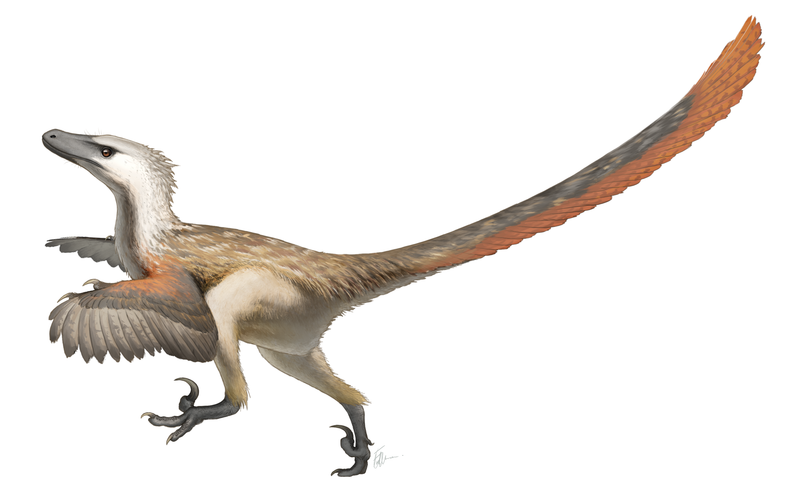
Named after a Buddhist deity, Mahakala packed predatory features into a sparrow-sized package. Despite measuring just 2 feet long, this Mongolian miniature sported the same curved claws and sharp teeth as its larger raptor relatives.
Living alongside much larger dinosaurs, Mahakala likely specialized in hunting small prey that larger predators couldn’t efficiently chase, filling a crucial ecological niche.
10. Xixianykus: The Ant-Eating Specialist
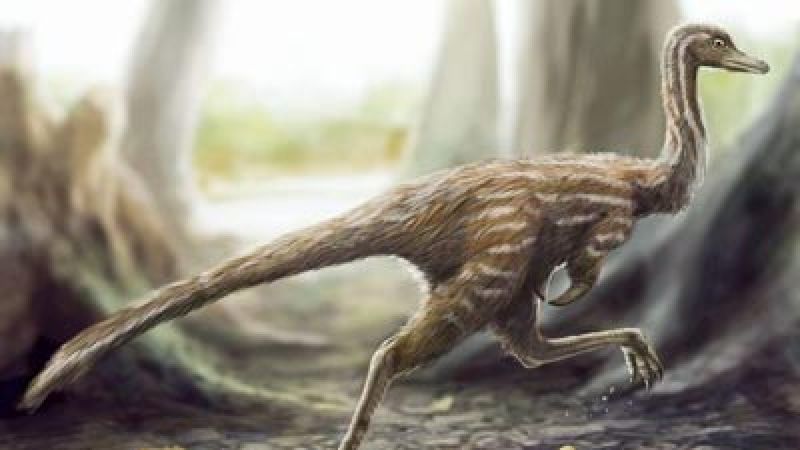
Built like a feathered jackhammer, Xixianykus evolved specialized forelimbs perfect for busting open termite mounds. Standing knee-high to a human, this curious creature combined bird-like features with a diet similar to modern anteaters.
Short but powerful arms suggest it could dig vigorously into insect nests, while long legs indicate it could sprint away from danger when larger predators approached.
11. Fruitadens: The Bunny-Sized Plant Muncher
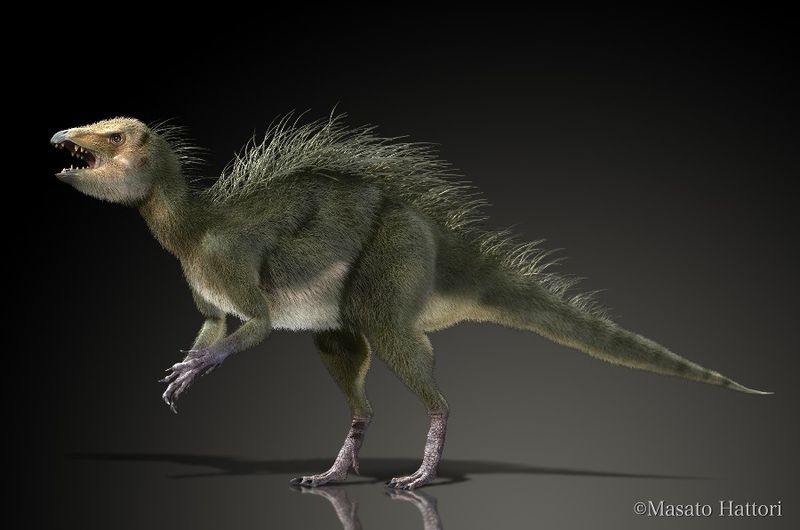
Hopping around Jurassic North America at just 2 pounds, Fruitadens claims the title of smallest known ornithischian dinosaur. Despite tiny teeth suggesting a plant-based diet, some scientists believe this miniature might have occasionally snacked on insects too.
Unlike its massive plant-eating relatives like Triceratops, Fruitadens likely browsed on low vegetation and soft fruits that larger dinosaurs couldn’t efficiently access.
12. Caenagnathasia: The Toothless Wonder
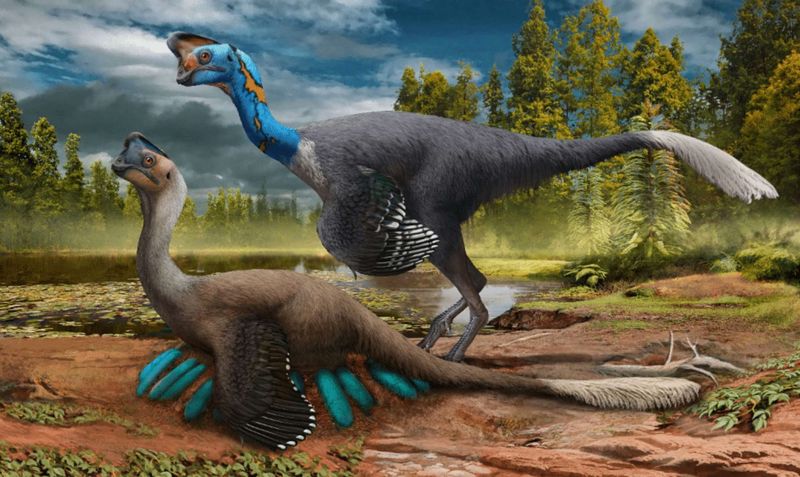
Sporting a parrot-like beak instead of teeth, Caenagnathasia waddled through ancient Asia at roughly chicken size. Part of a bizarre group called oviraptorosaurs, these feathered oddities likely used their beaks to crack seeds and nuts.
Fossilized nests suggest these diminutive dinosaurs were attentive parents, sitting on their eggs much like modern birds – behavior unexpected in creatures so ancient.
13. Micropachycephalosaurus: The Tiny Head-Butter
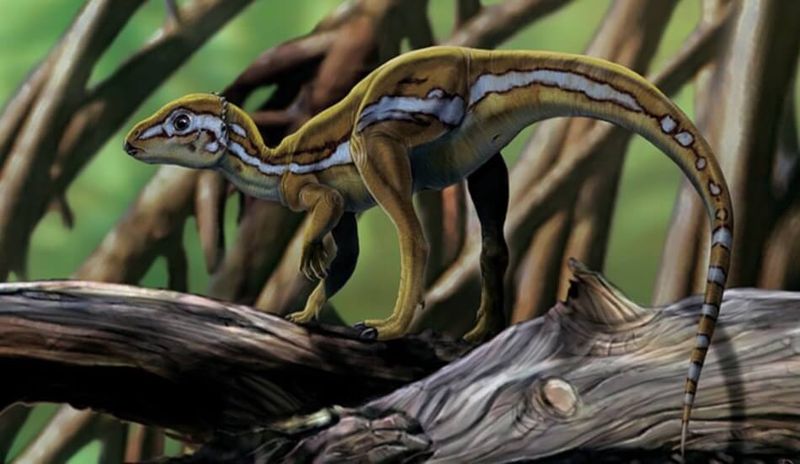
Holding the record for longest name relative to body size, Micropachycephalosaurus barely reached 3 feet in length. Despite its diminutive stature, this mini version of larger dome-headed dinosaurs likely engaged in similar head-butting behaviors.
Imagine turkey-sized creatures charging each other with reinforced skulls – nature’s original demolition derby at a comically small scale!
14. Epidendrosaurus: The Tree-Climbing Oddball
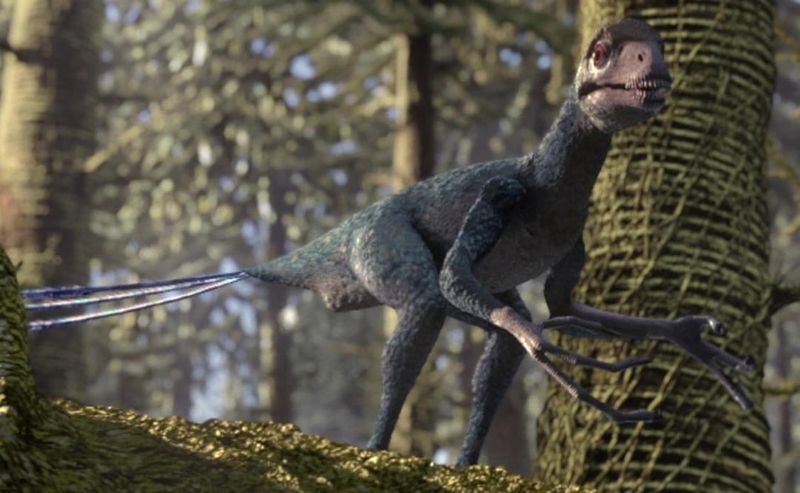
Equipped with bizarrely elongated fingers, Epidendrosaurus scampered through Jurassic trees like a prehistoric squirrel. About the size of a modern sparrow, this peculiar creature likely used its strange hands to probe for insects in bark crevices.
Representing an early experiment in tree-climbing adaptation, these tiny dinosaurs evolved a lifestyle completely different from their ground-dwelling relatives.
15. Albertonykus: The Termite Specialist
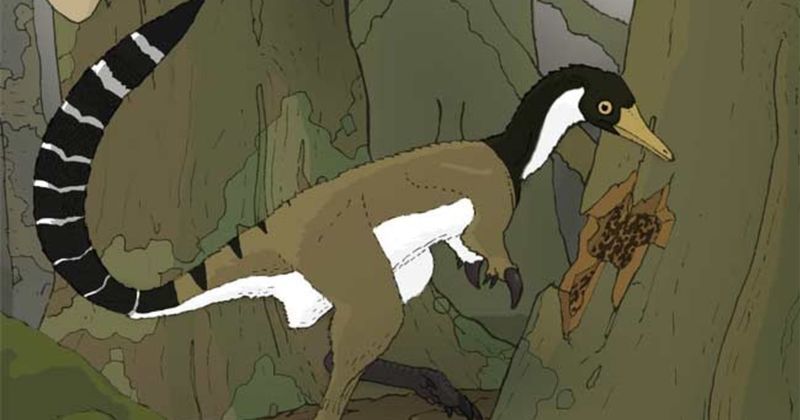
Featuring arms that would make T. rex jealous, Albertonykus evolved specialized limbs perfect for ripping open insect nests. Roughly the size of a chicken, this Canadian dinosaur represents one of the smallest members of the alvarezsaurid family.
Lacking teeth capable of processing tough plant material, these specialized insectivores filled a unique ecological role similar to modern anteaters or aardvarks.
16. Leaellynasaura: The Antarctic Explorer
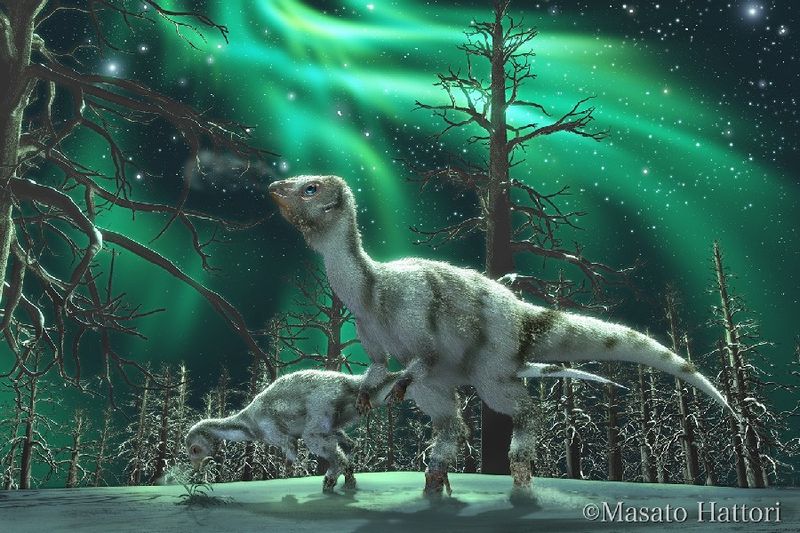
This tiny creature, found in Antarctica, had large eyes, possibly adapted to long, dark winters.
Envisioned skittering across icy landscapes, Leaellynasaura’s long tail offered balance and agility. Its discovery challenged notions about dinosaur adaptability to cold climates.
Known for its probable social behavior, this small herbivore likely lived in groups, foraging for scarce vegetation.
17. Kulindadromeus: The Feathered Pioneer
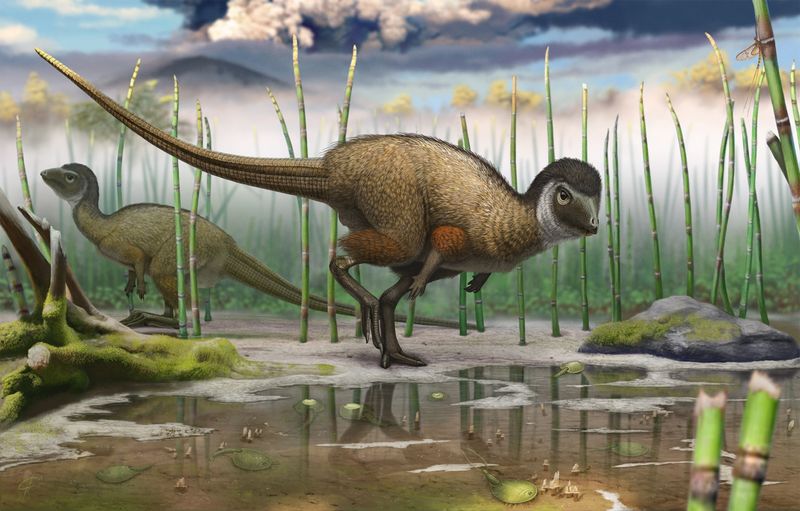
Imagine a creature that bridges the gap between lizards and birds. Kulindadromeus, a feathered dinosaur, offers a glimpse into this evolutionary marvel.
Discovered in Russia, this small dinosaur sported feathers, suggesting a common ancestry with birds. Its beak-like mouth and short limbs were perfect for a ground-dwelling herbivore.
With a mix of scales and feathery filaments, Kulindadromeus challenges the traditional image of scaly dinosaurs.

